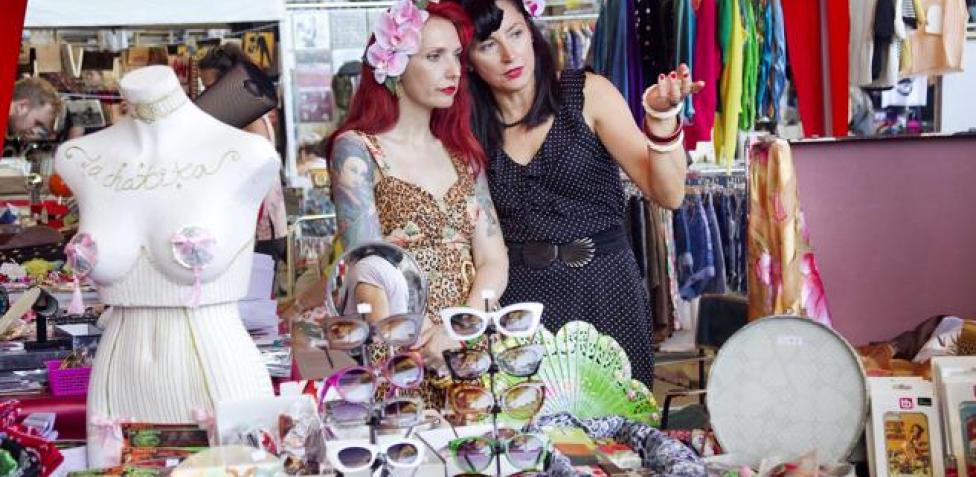"Clothes are the skin we choose", thus begins the documentary The True Cost (2015) in which Andrew Morgan delves into the sewers of fashion to bring out its darkest aspects, such as the fact that it is one of the three sectors that pollute the most in the world or that the acceleration of production and consumption generates very precarious jobs and even a new concept of slavery.
This panorama persists and even grows when observing the purchasing habits of the Spanish territory. Brands such as Zara, Mango and Stradivarius consolidate 45% of the wardrobe of Spanish women, compared to 20% of brands such as Primark and Aliexpress. Outlet garments only occupy 5% and second hand 2%. The rest is divided into 6% for luxury brands and 21 for premium brands, such as Bimba y Lola or Uterqüe.
These are data from the study to be published this week by Micolet, with the support of Greenpeace, Fashion Revolution and the Ellen Macarthur Foundation. The so-called fast fashion is in the first position, occupying "65% of the wardrobes of Spanish women". However, circular fashion sheds some light at the end of the tunnel.
"38% of women already buy second-hand clothes," explains the Co-founder of Micolet, Aritza Loroño, who adds that in this market the purchases that are experiencing the most growth are among women between 18 and 24, integrated into the so-called generation Z.
Second-hand fashion in Spain has always been socially stigmatized. However, this prejudice could be coming to an end thanks to the new generations. Young people are committed to circular fashion as they have grown aware of the impact of industries such as fast fashion. Their buying habits reflect a tendency to change. But the numbers show that there is still much to be done.

Iron-deficiency anemia? Find tips on how to increase iron absorption http://t.co/W1qgL5MFMy
— GlutenfreeLady Kati Thu Aug 21 09:08:57 +0000 2014
The “use and throw away” habit persists
In a market driven by price sensitivity and the desire for constant novelties in the form of trends, the habit of "use and throw away" not only persists but also increases. According to the Micolet report, although the industry itself has launched awareness campaigns against this mentality, including fast fashion like Zara, the reality shows an increasingly consumerist buyer profile.
"Each Spaniard gets rid of seven kilos of clothing per year, that is, a total of 326,000 tons per year, which is equivalent to the weight of 45,000 medium-sized cars," warns the study carried out by Greenpeace that complements this report.
Clothing is being massively underutilized. Worldwide, the number of times a garment is worn has fallen by 36% since 2004.
Report “A new textiles economy” Ellen Macarthur FoundationIn this sense, the Head of the Greenpeace Consumption Program, Celia Ojeda, warns that the steps that the large fashion chains are taking towards sustainability are "very scarce" because the production of clothing has doubled since the year 2000.
Trading platforms like Micolet have something to say about it. Circular fashion promotes a second life for the clothes we no longer wear. These types of applications have been developed in recent years to make buying and selling easier and faster. It is no longer necessary to leave the house and spend hours in a market waiting for the buyers to come. Although the digitization of the industry promotes unbridled consumption, it also helps to make buying and selling processes at an amateur level much more viable.
Maybe it's time to look in the mirror and reflect on what we wear. Become aware of the “skin we choose” to wear. After all, this second skin is a letter of intent about who we want to be: our values, our ideas and the future we want to leave behind.
48 Best Parka For Extreme Cold In 2021 Based On 7300 Reviews
The best Amazon irons to get impeccable clothes
ESPN David Beckham's Inter Miami can become a great team. But first he has to win MLS Editorial Picks on ESPN+ ESPN FC 100
This is how “Prime try first, pay later” works: The new Amazon service